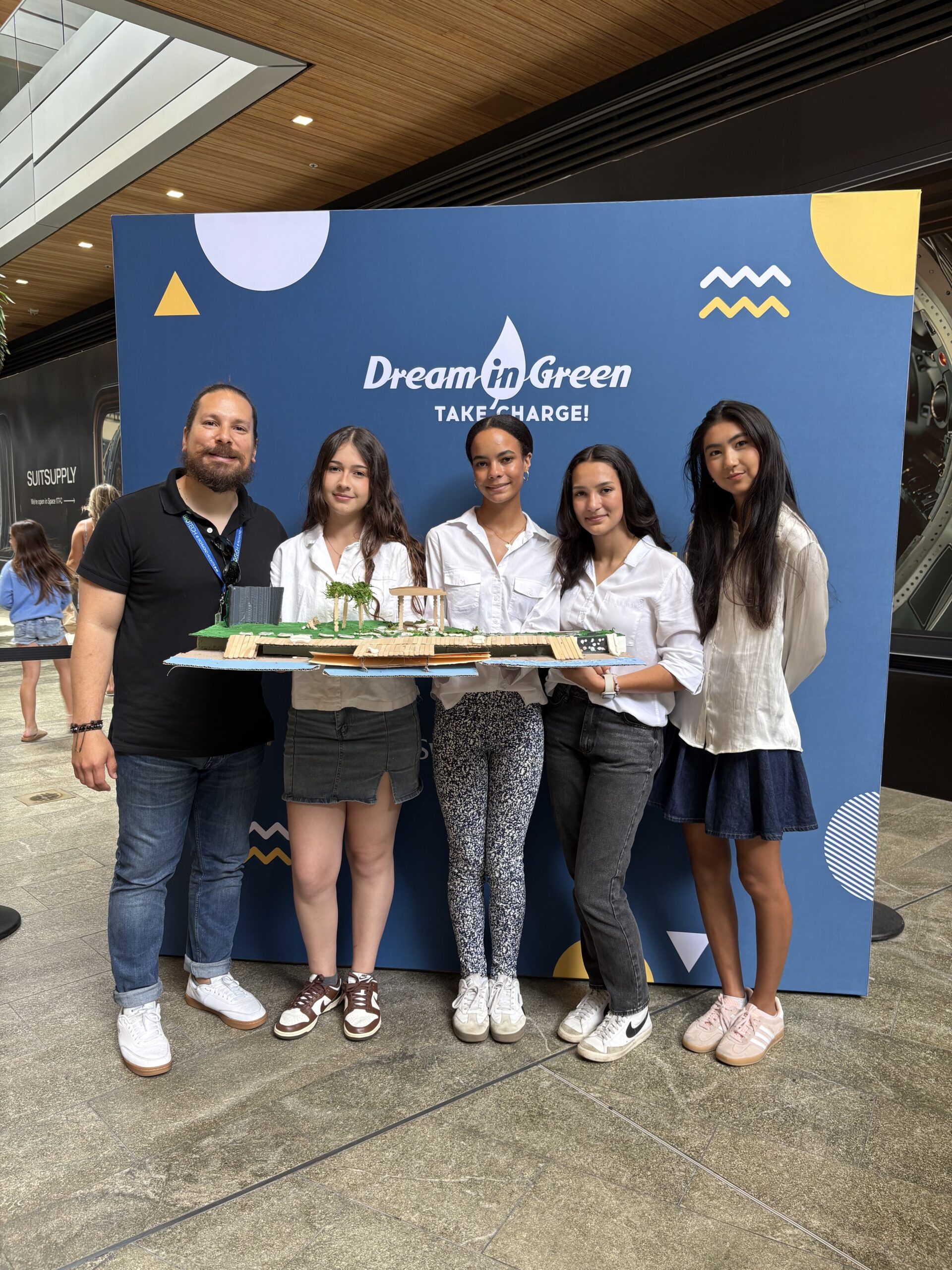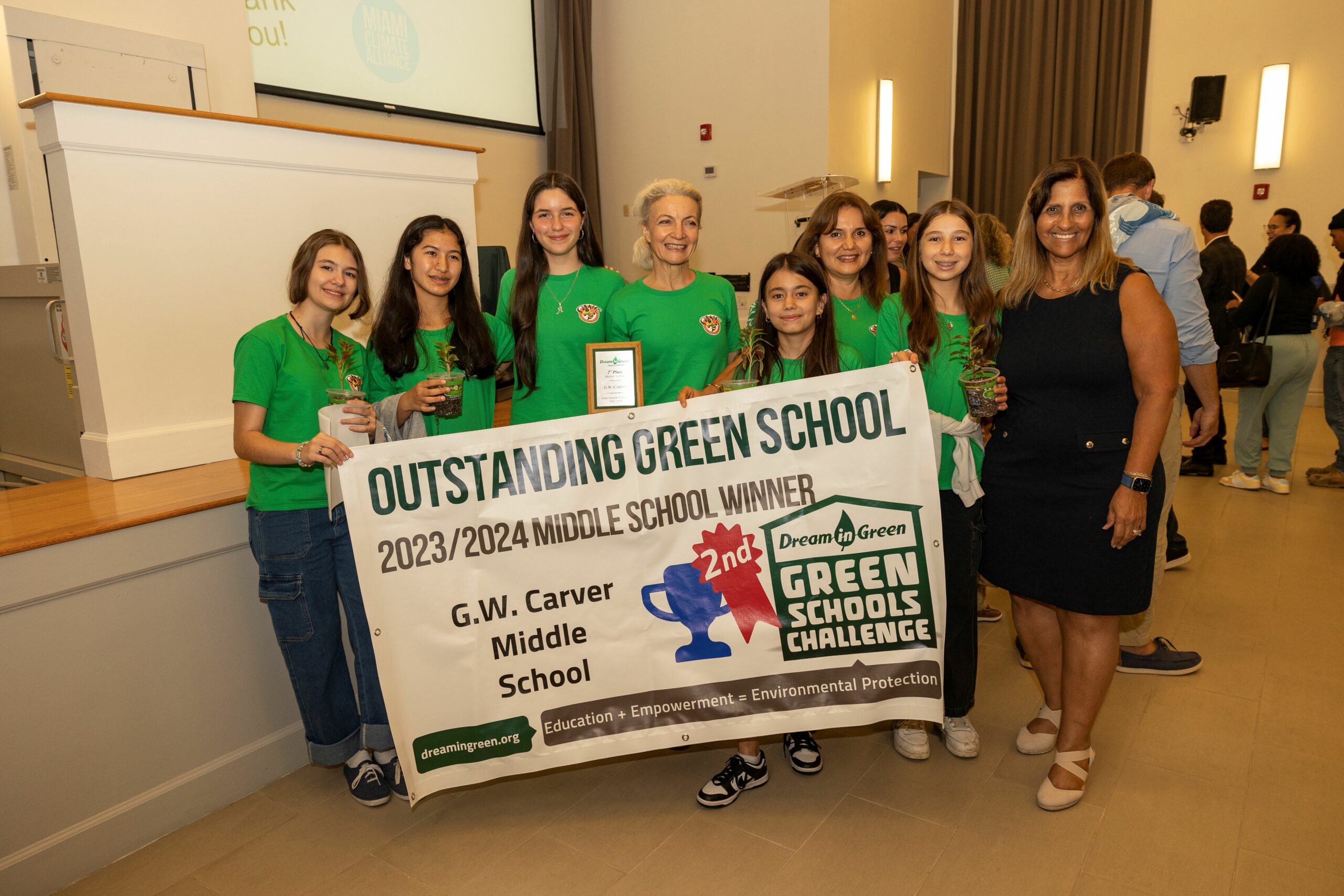Key Biscayne is a barrier island off the east coast of Miami. Its shoreline includes beaches, mangroves, sea walls, houses and seagrass beds, all of which are affected by natural and anthropogenic factors. The island has a land area of about 1.4 square miles and is surrounded by large state and county parks as well as natural reserves.
Key Biscayne is very susceptible to the impacts of climate change. Due to being encompassed entirely by water and having a tropical monsoon climate, there are many unique plant and animal species that are found on the island which are dependent on healthy shoreline environments and clean water. For the residents of Key Biscayne, these attributes are also of outmost importance. The Key Biscayne Community Foundation (KBCF) helps residents maintain the area as an island paradise and ensure its future habitability.
KBCF’s goal is to enable, facilitate, and empower residents to make a positive difference in the local and global community through programs, grant making, fiscal scholarships, and community leadership. The foundation also collaborates with local organizations to work together in helping facilitate change, build community support, and create long-term sustainability for families and communities.
In 2012, KBCF created the Key Biscayne Citizen Science Project (CSP) in collaboration with professors from the Rosenstiel School of Marine and Atmospheric Science (RSMAS) and with funding received from the Knight Foundation. The project has engaged residents’ participation in the collection of scientific data to help them understand their environment and take action towards the protection of its natural resources.

A manatee glides along in the shallow, warm waters of Biscayne Bay. Manatees feed on several species of seagrass found along the Florida coastline. Protecting seagrass beds and water quality is therefore an important step in protecting the manatees that depend on them.
In 2016, KBCF and CSP secured the Environmental Education Grant from the U.S Environmental Protection Agency (EPA) to educate and raise awareness about water quality issues and shoreline conservation. Specifically, the project seeks to provide the residents of Key Biscayne with information that will allow them to make educated decisions about how best to preserve the shorelines and waters of the Key. The EPA grant includes sub-grants that will be given out to other non-profits and educational institutions which will allow the project to create more opportunities for participation.
Currently, KBCF is working with Dream in Green and Miami WaterKeeper to create an environmental education curriculum. This includes the Water and Energy Learning and Behavior (WE-LAB) workshops implemented by Dream in Green and the Junior Ambassador program implemented by Miami WaterKeeper, both of which promote learning while also empowering residents to take on a leadership role in addressing the environmental challenges in our community.

The Cape Florida Lighthouse was originally built in 1825 and is one of the oldest structures in South Florida. It is found on the southern tip of Key Biscayne, in the Bill Baggs Cape Florida State Park, adjacent to where monthly beach clean-ups are held.
Bill Baggs Cape Florida State Park and Marjory Stoneman Douglas Biscayne Nature Center are also participating by engaging children in the collection of data and conducting simple testing of water samples (e.g. pH, turbidity, temperature) as well as hosting sea grass classes and monthly beach clean-ups. In addition, the Key Biscayne Yacht Club and the Miami Rowing Club are collecting water samples from the waters of Biscayne Bay for more sophisticated testing. CSP will eventually set up three Atlantic sites for similar in-depth water testing. Active Seniors on the Key (ASK), a club for senior citizens, will also participate in many of the educational opportunities, to enable the team to reach a wider demographic and possibly set up mentoring programs.
Most of the K-12 schools found in Key Biscayne and neighboring Virginia Key will be participating in the project’s planned activities including the Key Challenge, which was started by CSP to allow students to creatively learn about the environment by working on projects involving writing, research, photography, painting, mixed-media, and audio/video. Other activities which will be incorporated in the project’s curriculum include monthly science-based lectures and the 2017 Sea Secrets lecture series at RSMAS. We have also enlisted help and input from our lead scientist Dr. Robert Molinari, a retired professor from RSMAS and the Avatars, an environmental youth group.
Through our project and collaborations we will create educational opportunities for Key Biscayne residents and instill a sense of responsibility for the natural environment. For more information about any of this or to volunteer to help with the project, please contact Rumya Sundaram, Citizen Science Coordinator for the Key Biscayne Citizen Science Project at ru***@******************on.org.







